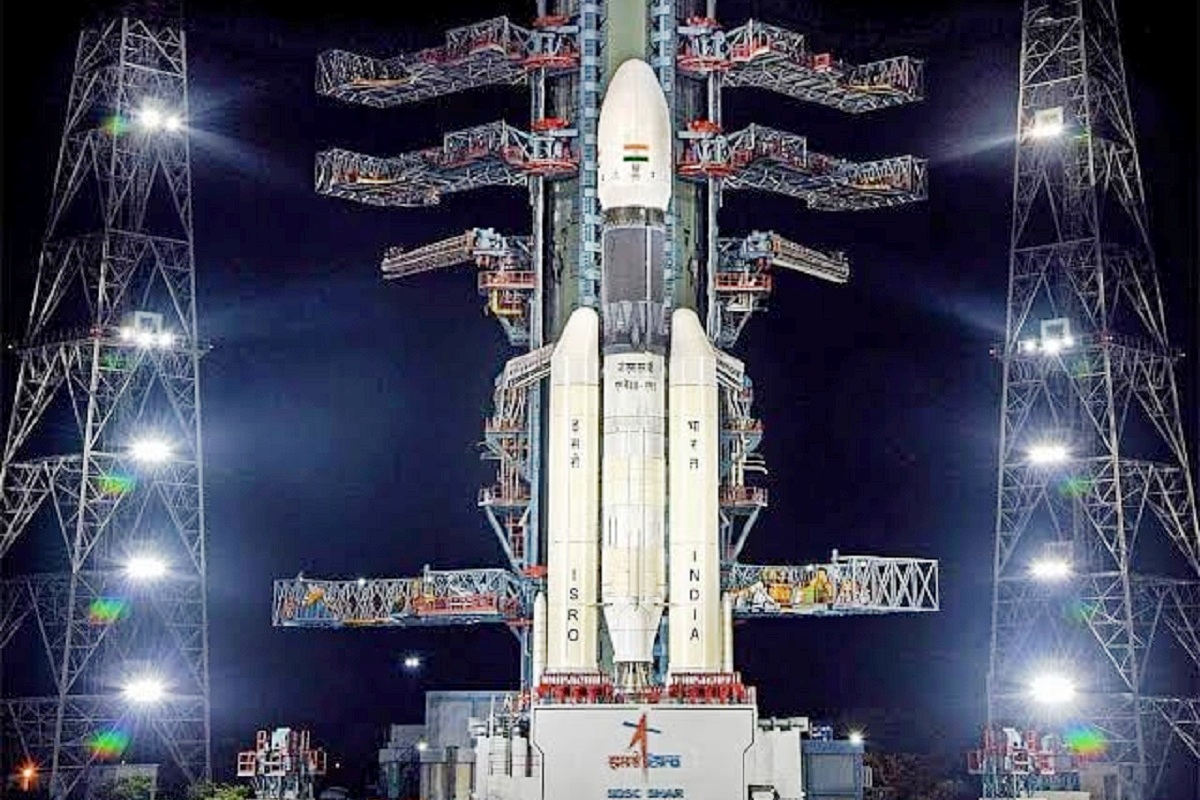After the failure of the second moon mission, Chandrayaan-3, the third lunar exploration mission is ready to take off in the fourth operational mission (M4) of LVM3 launcher. It will demonstrate end-to-end capability in safe landing and roving on the lunar surface.
Chandrayaan 3: All you need to know about ISRO’s ‘failure-based design’
Advertisement
According to ISRO this time with full safety measures they have opted for a “failure-based design” of chandrayaan-3, this design will ensure the successful landing on the moon even if some things go wrong.
ISRO Chairman S Somanath said that rather than opting for a ‘success-based design’ in Chandrayaan-2, the space agency has now opted for a ‘failure-based design’ in Chandrayaan-3, focused on all types of failures to ensure protection and successful landing.
The ISRO chief shared minute details about what went wrong with the Vikram lander of Chandrayaan-2 as it went hurtling down towards the identified 500m x 500 m landing spot on the lunar shell with the engines developed to ameliorate its momentum formulating elevated thrust than anticipated.
This time, ISRO Chief said that the area of landing has been augmented from 500m x 500m to four km by 2.5 km.
“It can land anywhere, so it doesn’t limit you to target a specific point. It will target a specific point only in nominal conditions. So, if the performance is poor, it can land anywhere within that area,” he said.
Chandrayaan-3 is also has additional fuel with increased capability to travel or deal with dispersion or move to an alternate landing site.
The ISRO chief also stated that to ensure that it generates power no matter how it lands Vikram lander now has extra solar panels on other surfaces.
The spacecraft was already experimented for the capacity to resist vibrations by flying it over different geographies using a helicopter, while cranes were used to test the landing processes, he said.
Chandrayaan-3 mission:
With an objective of developing and demonstrating new technologies required for inter-planetary missions, Chandrayaan-3 is made by ISRO which consists of an indigenous propulsion module, lander module, and a rover. The propulsion module will carry the lander and rover from injection orbit to till 100 km lunar orbit. It also carries a Spectropolarimetry of Habitable Planetary Earth (SHAPE) payload to study the spectral and polarimetric measurements of Earth from the lunar orbit.
The Chandrayaan-3 mission is scheduled to be launched on July 14 at 2:35 pm onboard a Launch Vehicle Mark 3 (LVM3) from Satish Dhawan Space Centre, Sriharikota.











